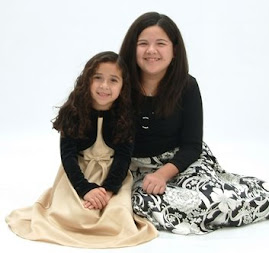Pg 69-102 Informal Assessment
Informal Assessments are criterion referenced and measure a specific skill and are usually teacher created.
Observation & Interview
Most common type of classroom assessment
Modified Concepts about Print Test measures the literacy skills of beginning readers
Teacher Made & Teacher Selected Curriculum Related Assessment
Basal Reading Series assessment materials may evaluate phonics, vocabulary, and comprehension
Advantages: selected and developed skill strands, controlled text difficulty, suggestions for material use, and “built in assessment strategies
Disadvantages: limited range and variability of the literature
Specific Skills Assessments
San Diego Quick Assessment-word recognition ages 5-16
Yopp-Singer Test of Phoneme Segmentation
Reading Teacher’s Survival Kit
Alternative Assessment Techniques for Reading & Writing
Rasinski & Padak assessments
Error Analysis
“determining patterns or reasons for student errors” (p. 80)
Task analysis a key component of error analysis that helps determine where the child is having difficulty. Task analysis is identifying the discrete concrete steps or prerequisite skills that necessary to master a skill. If a child is reading laboriously, can the teacher determine the cause or lacking skill that needs to be addressed?
Informal Reading Inventories (IRI)
A specific and comprehensive assessment that usually includes a graded word list, and texts that assess oral and silent reading comprehension.
Measures rate and accuracy through miscue analysis
The primary purpose of an IRI is to “inform instruction, plan for grouping, and identify skills to target” (p. 82).
Qualitative Reading Inventory-4
Students are first assessed by a word list that will determine their level and fluency at that level (independent, instructional, or frustrational). Students are then asked to read a text aloud and are asked comprehension questions.
IRIs are quantitative (reading level, word recognition, and comprehension scores) and qualitative (evaluation of types of miscues, retelling of the story).
Most common miscues are: omission, insertion, substitution, reversal, helper supplied word, repetition, lack of prosody, hesitation, mispronunciation, and self correction.
Subscribe to:
Post Comments (Atom)




No comments:
Post a Comment